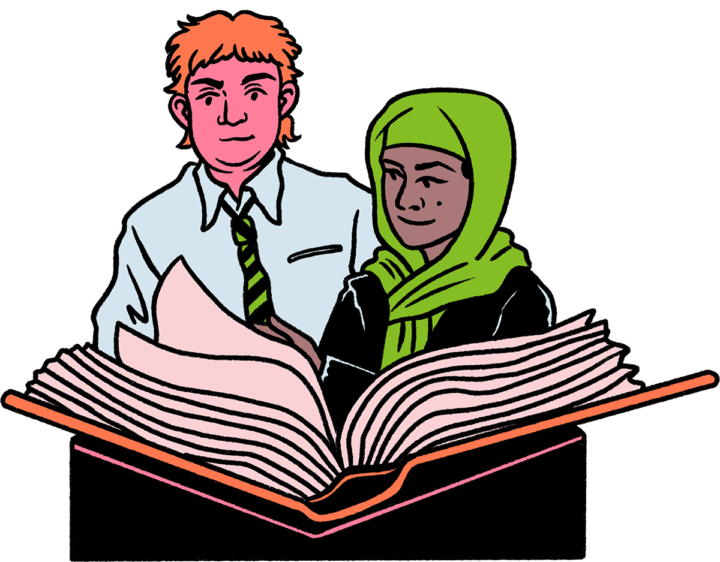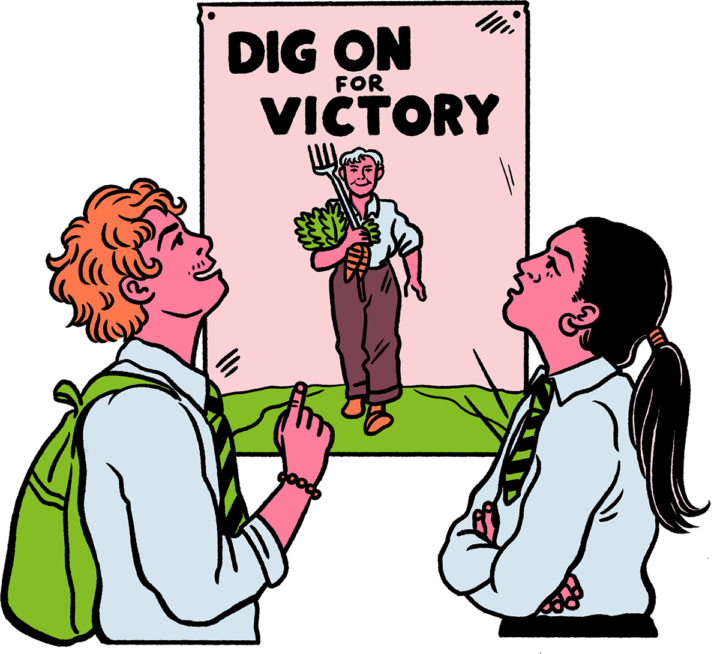
 When you visit The National Archives, or use our online content, you can see and sometimes handle the original records or primary sources for yourself.
When you visit The National Archives, or use our online content, you can see and sometimes handle the original records or primary sources for yourself.
In history, a primary source comes from the time period you are studying. It could be an eyewitness account, a photograph, a letter, a poster or report for example.
Here is a list of some of the main questions to think about when you are working with these records. Most of these questions can be applied to any of the different types of primary sources mentioned above.
Identification
- What type of document is it?
- Who produced it? Do you know anything about the author/creator?
- When was it written/produced?
- Why was it written/produced?
Understanding
- Consider the key words and their meaning within the source
- What points or arguments are made in the source?
- What values or attitudes does the content of the source reflect?
- How does the content of the source relate to a given historical situation?
- Are there any clues about the intended audience for the source?
- How reliable is the source and does it have any limitations?
- How does it relate to other sources from this period? Does it share the same ideas, attitudes and arguments? How would you explain any differences between these sources?
Further resources
Primary school pupils
Go to Start Here in our website called The Victorians and get help from our two video presenters about using sources.
Secondary school pupils
Studying USA history? Use these tools to work with documents from the American National Archives: